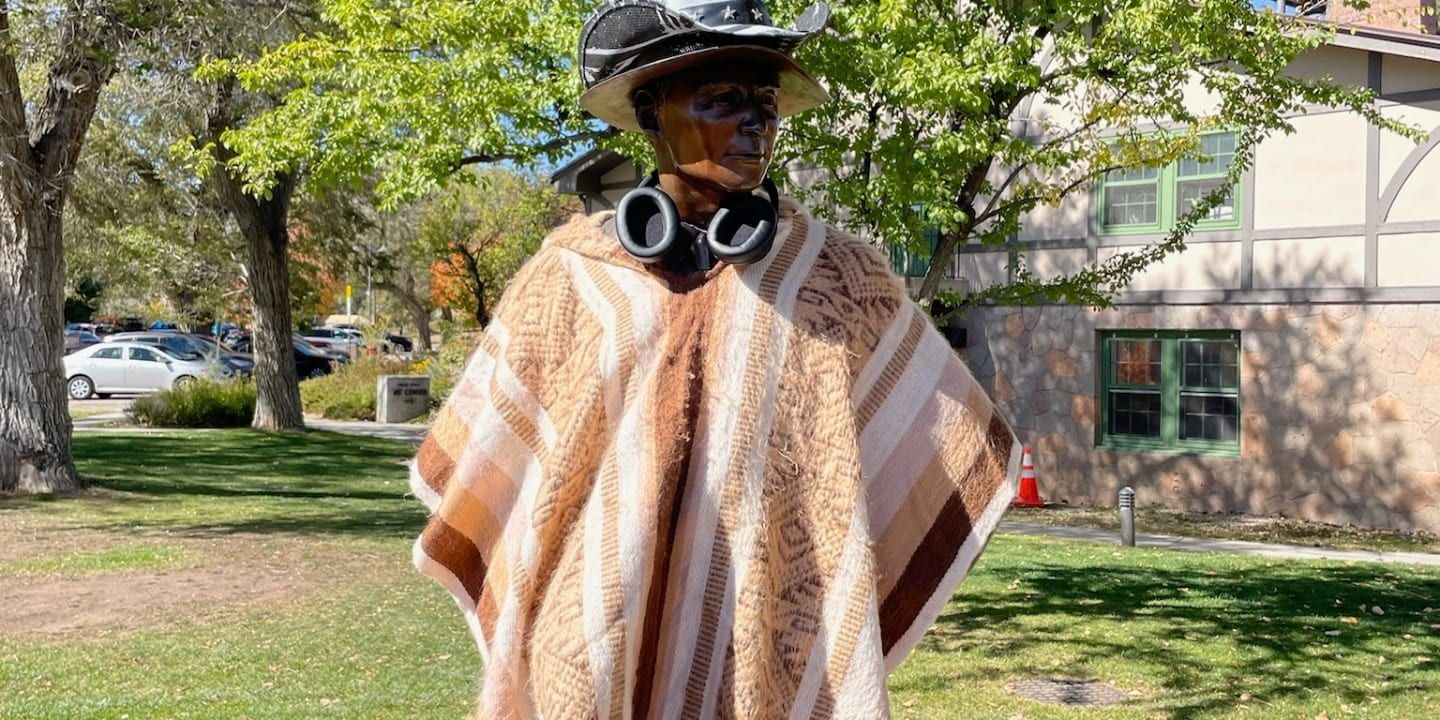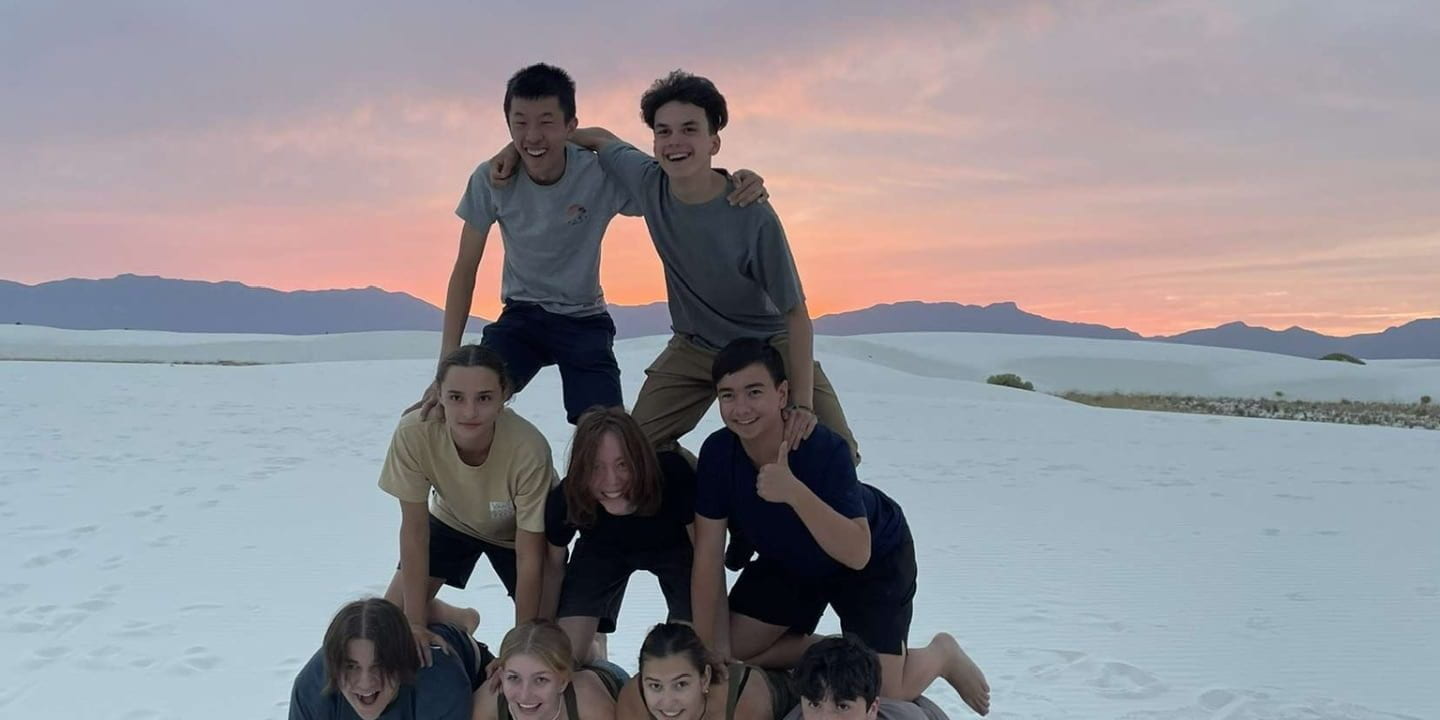“I am grateful to the Executive Committee for this chance to talk to you. I should like to talk tonight — if some of you have long memories perhaps you will regard it as justified — as a fellow scientist, and at least as a fellow worrier about the fix we are in. I do not have anything very radical to say, or anything that will strike most of you with a great flash of enlightenment.”
The quote above is the beginning to J. Robert Oppenheimer’s speech to the Association of Los Alamos Scientists on November 2, 1945. I chose to start the post with this speech because; 1. We did an analysis of this speech as part of this project, and 2. I think the last sentence of the quote is a really funny way to start my little blog post.
This project was based around one of the most important projects in history, The Manhattan Project. Now I wont go into depth about what the Manhattan project is for those who don’t know, because the final product for this is an interactive book about the manhattan project!!
Field study!!
Even though it is called the “Manhattan “project, it did not take place in Manhattan. The project was based in Los Alamos, New Mexico, a town that was constructed specifically for the Manhattan Project. Through PLP we got the wonderful chance to do a field study and go to New Mexico to do hands-on learning about the project.
It was amazing to be able to visit historical sites around New Mexico and get to have tours of various museums from some very interesting tour guides. Usually our guides had some personal connection to the museums like working for the Air Force in the past or having spouses and relatives working in nuclear science labs. This made our tours more captivating because our knowledgeable guides always had some facts that you cant find on the plaques.
Capturing in The Field
Before leaving for New Mexico, we set out plans and to-do’s with our group of where the field team, Declan and I, should film, get interviews, and collect information.
With our little microphone in hand, we filmed up a storm.
Après Field Study – Piecing the book together
When we returned home from New Mexico, our group got back together to check in on what each side had completed. Our home team had already started writing up the chapters and getting a layout of the book. I was the art director for our book and had design ideas right from the get-go of what aesthetic to have, and some page layouts. I worked with Arianne, our lead graphic designer, to crank out some sample pages that we could duplicate and use for each chapter. Our chapters were laid out, chronologically over the time of the Manhattan Project, and we decided to have the first few chapters in a lighter colour palette and then switch to darker tones after the chapter about the Trinity Test to reflect the sombre feelings of what happened after the bombs were dropped. We worked as a team to divide up all the chapters to do revisions and citations and input some amazing videos done by our audio/video people. We spent a lot of time coming up with a thesis around the historical significance of the Manhattan project. We have worked with historical significance before and past projects, so it was not a concept we were unfamiliar with. It was incredibly difficult to have to come up with our thesis towards the end of the book because then we had to go back and change/edit what we had already written to ensure it met the thesis. It would’ve been much easier to do it at the beginning before starting to write any of the chapters or collecting media in the field, but it was a good way to challenge ourselves in the end when we were already crunching to finish the book.
Finally, after a lot of hard work and time spent outside of class, we completed the book. I suggest you take the time to read it through fully and watch all the videos to get the full sense of the story we are trying to tell. I hope you enjoy.
*technical difficulties we cannot currently upload the book due to file size issues. Will get this fixed ASAP!!*
Conclusion
This project was a lot of fun to work on, and also very serious. I am so thankful for the opportunity to be able to go to New Mexico and touch history in ways that I wouldn’t have been able to without the PLP program. We have worked with historical significance in the past, but this project put it in a new light that was really interesting to work with and I enjoyed working on it. Thank you for reading.
As Always, Brooke.








